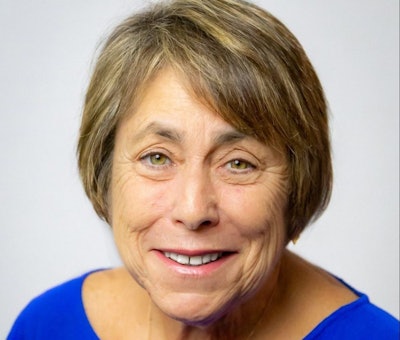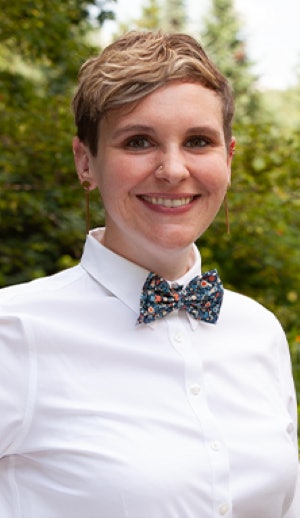In his speech to Congress Wednesday night, President Joe Biden announced the American Families Plan—a $1.8 trillion investment in free community college and universal preschool.
Hours earlier, Dr. Martha Kanter, CEO of College Promise, addressed the proposal and the impact of free community college during the National Institute for Staff and Organizational Development’s (NISOD) International Conference on Teaching and Leadership Excellence.
 Dr. Martha Kanter
Dr. Martha Kanter“I think tonight is going to be a historic moment for community colleges and the rest of education,” she said in the opening keynote address. “Education starts at birth and goes through life. When you talk to your students, you are talking to generations to come and generations behind them. That’s one of the things that community colleges do, we educate everyone.”
Currently, over 65% of today’s jobs require more than a high school education. Despite this, 41% of young adults have an education beyond high school, according to Kanter.
Affordability and access challenges such as tuition costs have created barriers to college enrollment and completion. From 1988 to 2018, there has been a 200% increase in four-year college tuition. Comparably, over the last 10 years, two-year institutions have increased by 34%, Kanter reported.
To minimize cost barriers, initiatives such as College Promise were developed to provide students with affordable options to higher education. Since its establishment in 2015, it has expanded to 368 programs in 31 states and Washington D.C.
As the idea of free college continues to be discussed, Kanter laid out other legislative priorities to be addressed including reducing or eliminating federal student debt, investing in faculty members and doubling federal Pell grant programs.
“The whole thing means we are going to restore the soul of the nation through supports, money and people understanding that they are part of this country,” she said. “We’ve got to unite the divisions that we have.”
As affordability and access continue to be barriers during COVID-19, another session at the conference analyzed strategies to create equitable outcomes in the classroom.
“I always function under the assumption that all of the students come to us as they are, come to us perfect,” said Lauren Foss Goodman, dean of teaching and learning innovation at Berkshire Community College. “The barriers that students face are not of any fault of their own. They are systemic and we have power to control and change that for students even at the course level.”
 Lauren Foss Goodman
Lauren Foss GoodmanThrough the lens of being “institutionally focused,” courses should be designed around the most “vulnerable student.” Acknowledging that the definition is subjective, Goodman has found her most vulnerable students to be the ones that may not return the next day.
First impressions, she added, matters to them.
As an introductory resource for students, Goodman recommends developing a “getting started” section within the course. This can include developing a pre-course survey to understand prior subject knowledge, provide opportunities for peer introductions and offer low-stakes assignments to practice with course tools.
“Sometimes simply defining or saying what the purpose of something is can be really crucial for students who may not know or it may be this unwritten assumption,” said Goodman. “Trying to think of what are some of your unwritten assumptions of your course and using a getting started section to decode those for students.”
For many students unfamiliar with the college system, for example, the purpose of office hours could be considered an unwritten assumption.
As COVID-19 shut down colleges and universities last March, remote learning left many students without access to technology and broadband internet. Goodman recommends that instructors provide materials in multiple modalities, whether that’s through offering print-out options or assignments over USB drives.
To meet all students’ learning needs in a digital environment, lecturers can also provide transcripts and video captions. Presentations, Goodman added, should include minimal color and alternative image text.
Additionally, in recognition of the uncertainties brought on by the pandemic and racial reckoning within the United States, professors need to acknowledge current events in the classroom, said Goodman.
“It helps students understand that they are in a course with a human being who cares about them, is thinking about the course and is paying attention to everything happening in our world, acknowledging at times the difficult situations we find ourselves in,” she said.
Sarah Wood can be reached at [email protected].















